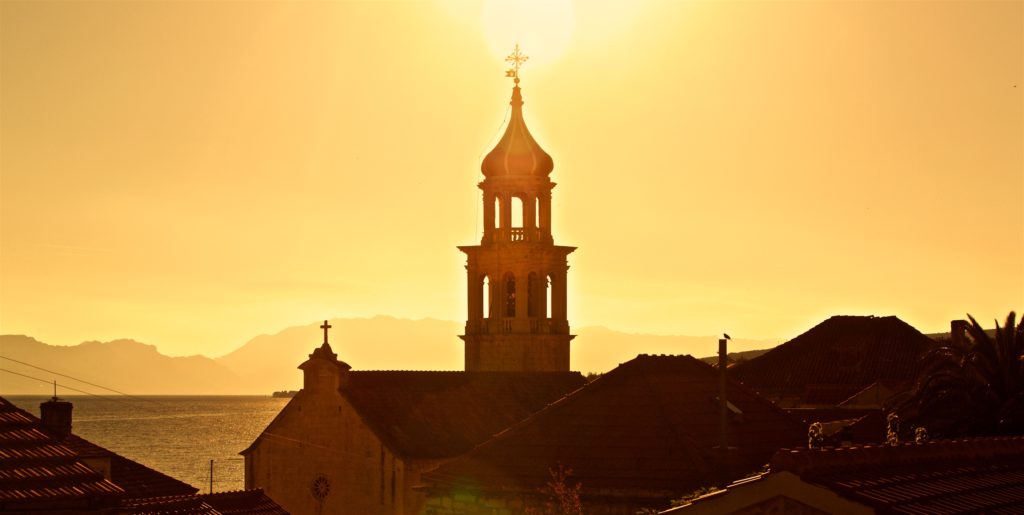




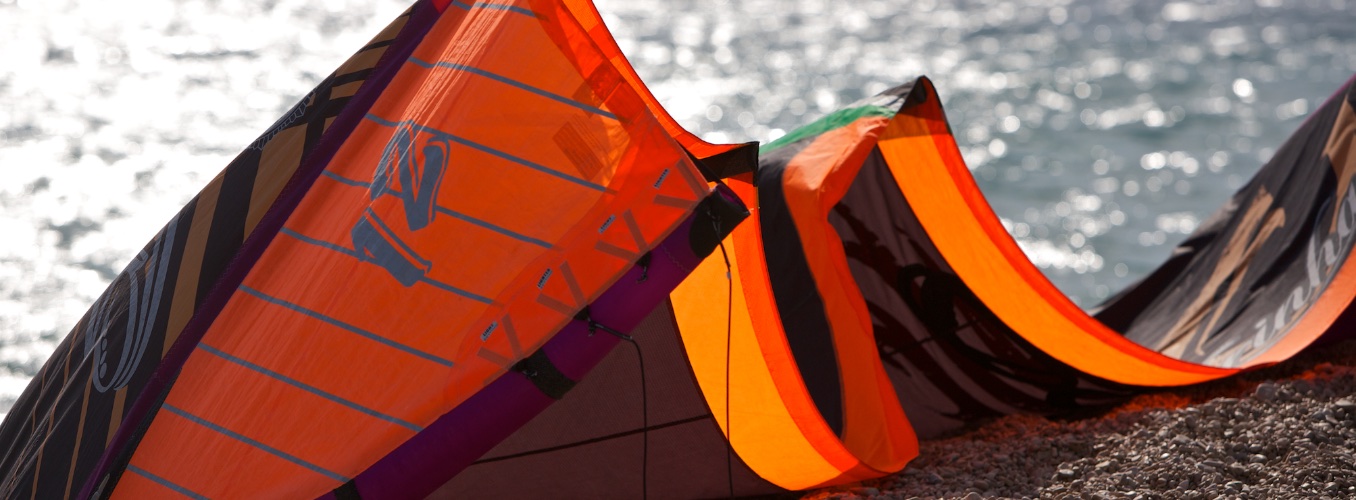
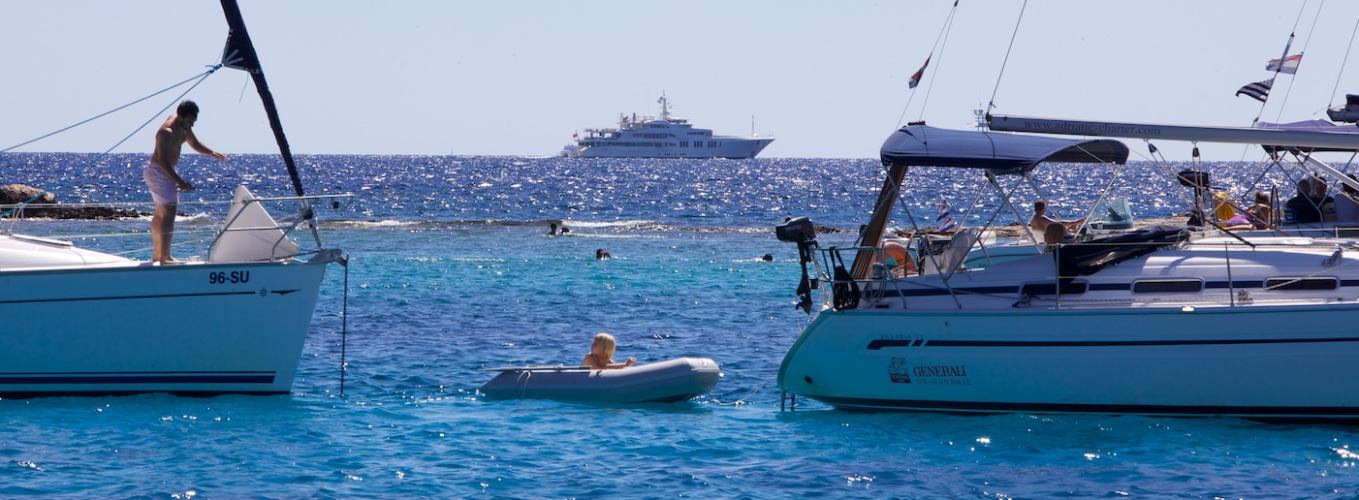










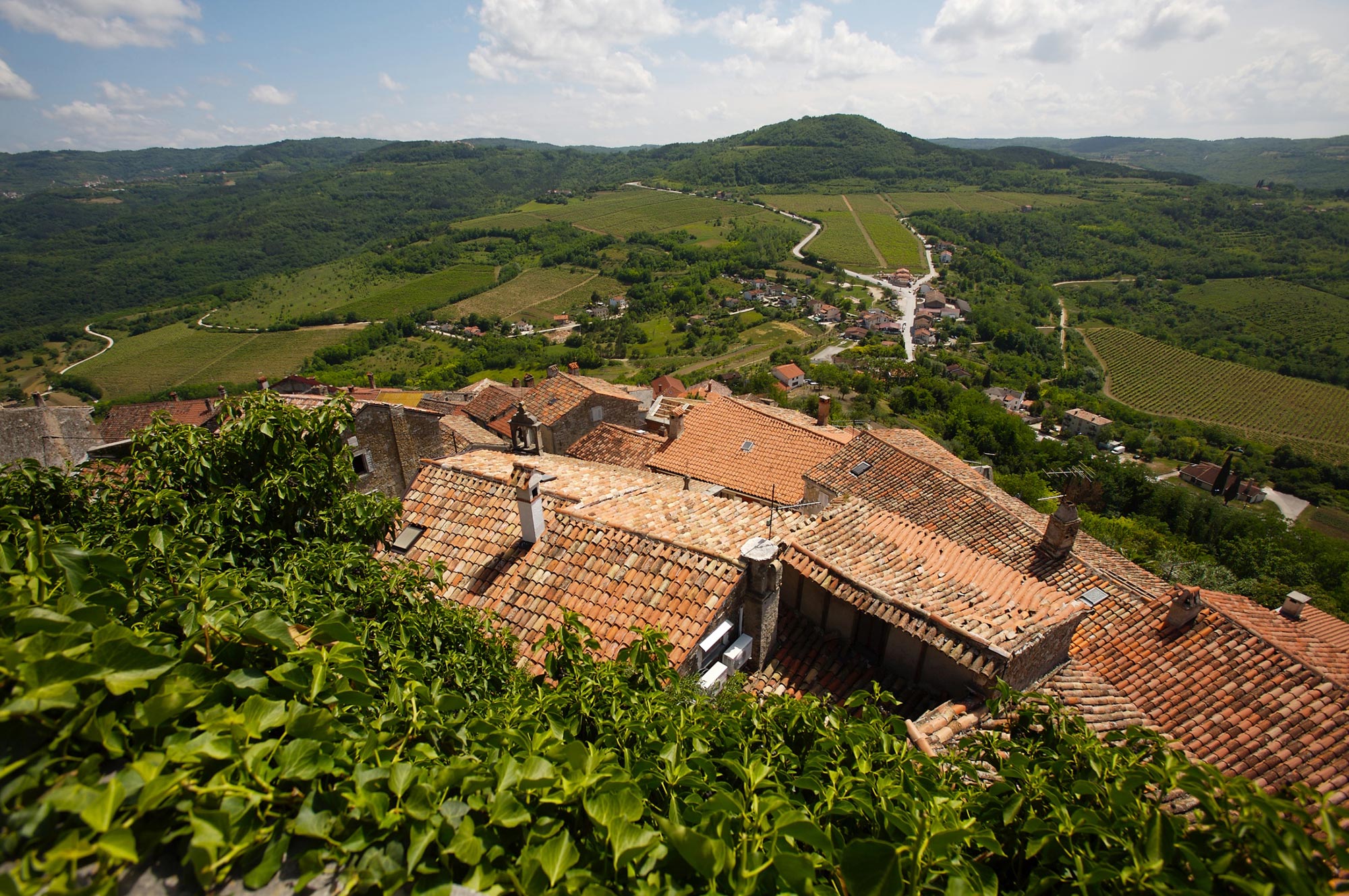
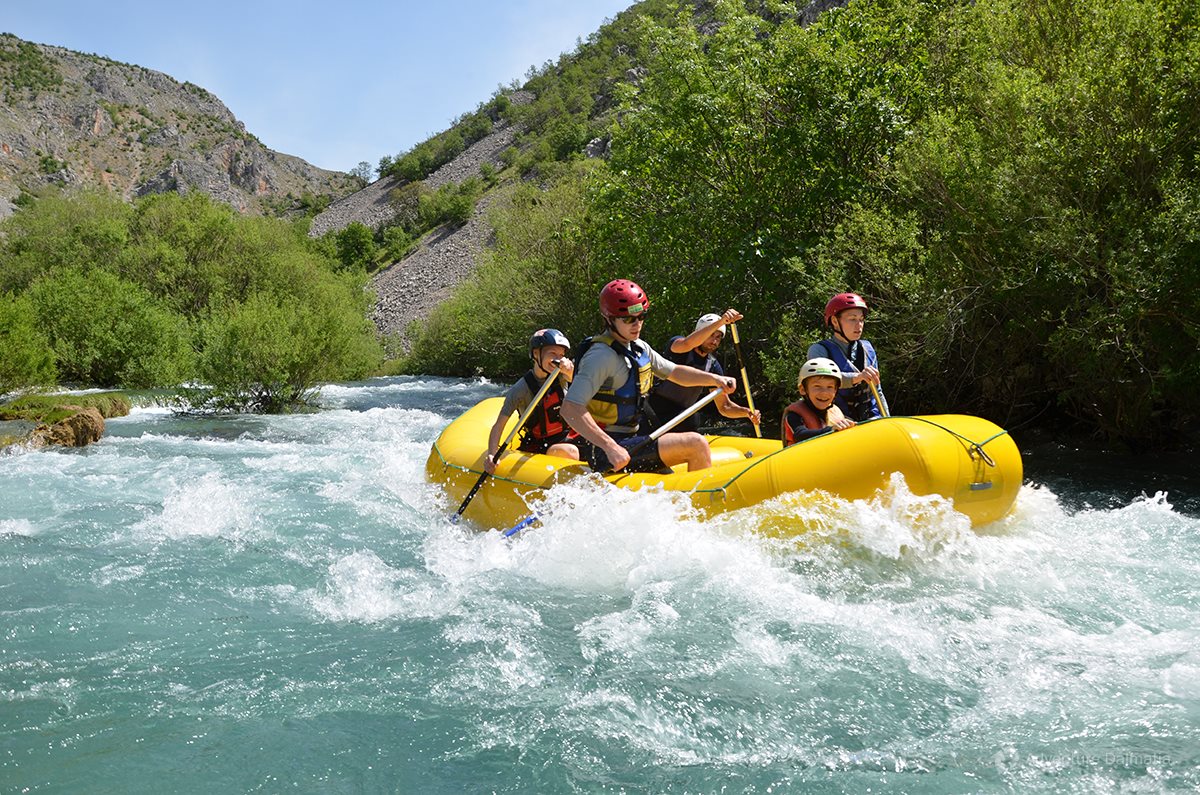
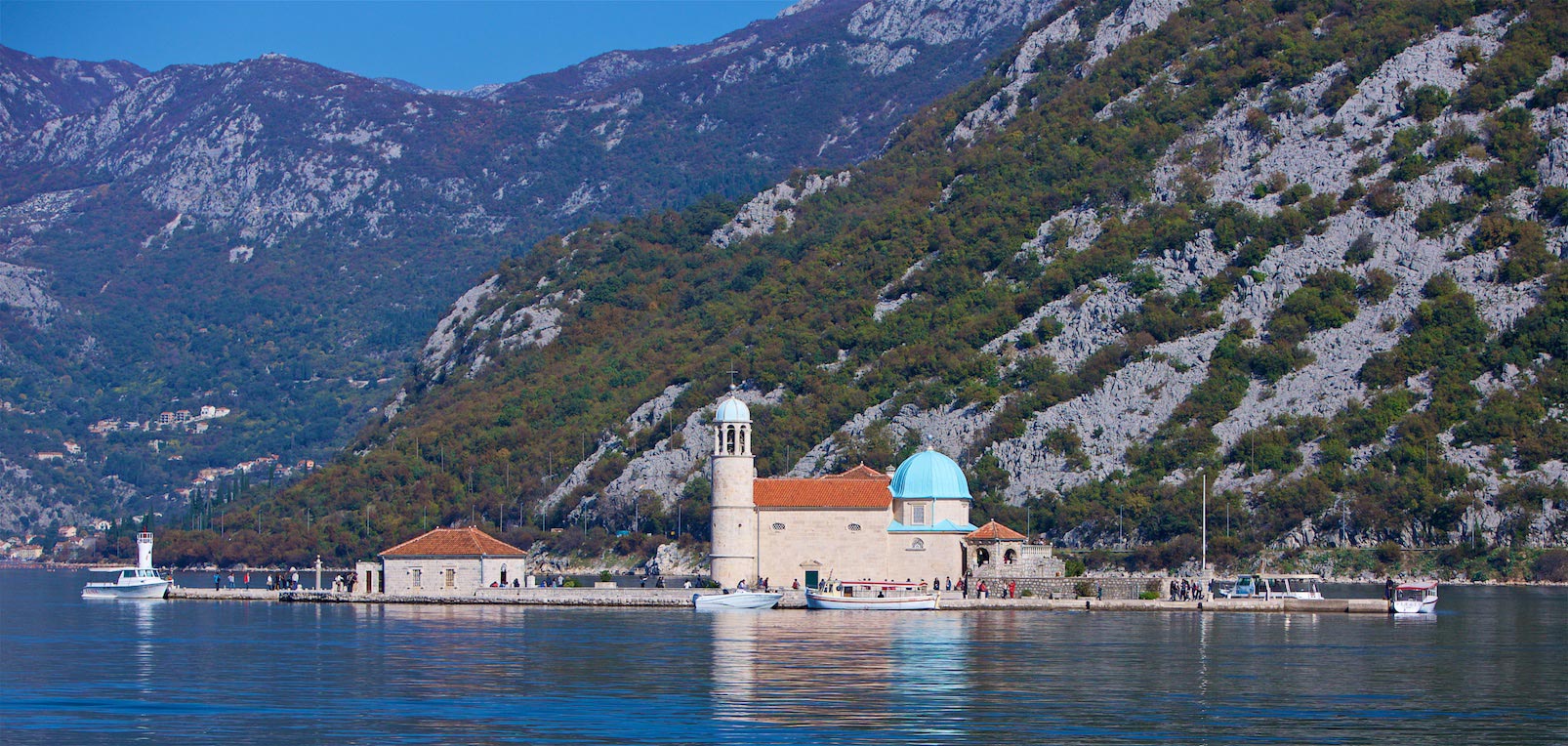

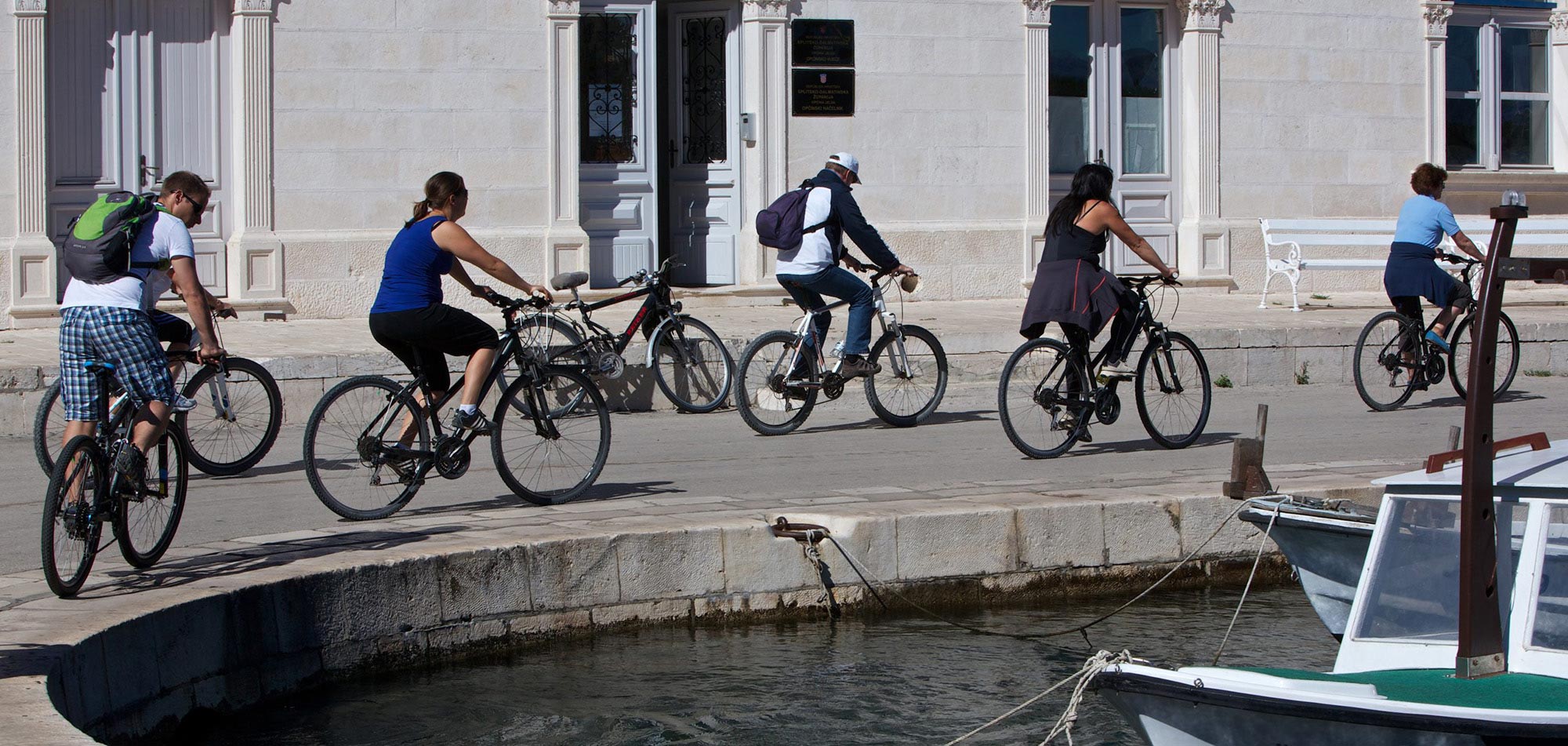

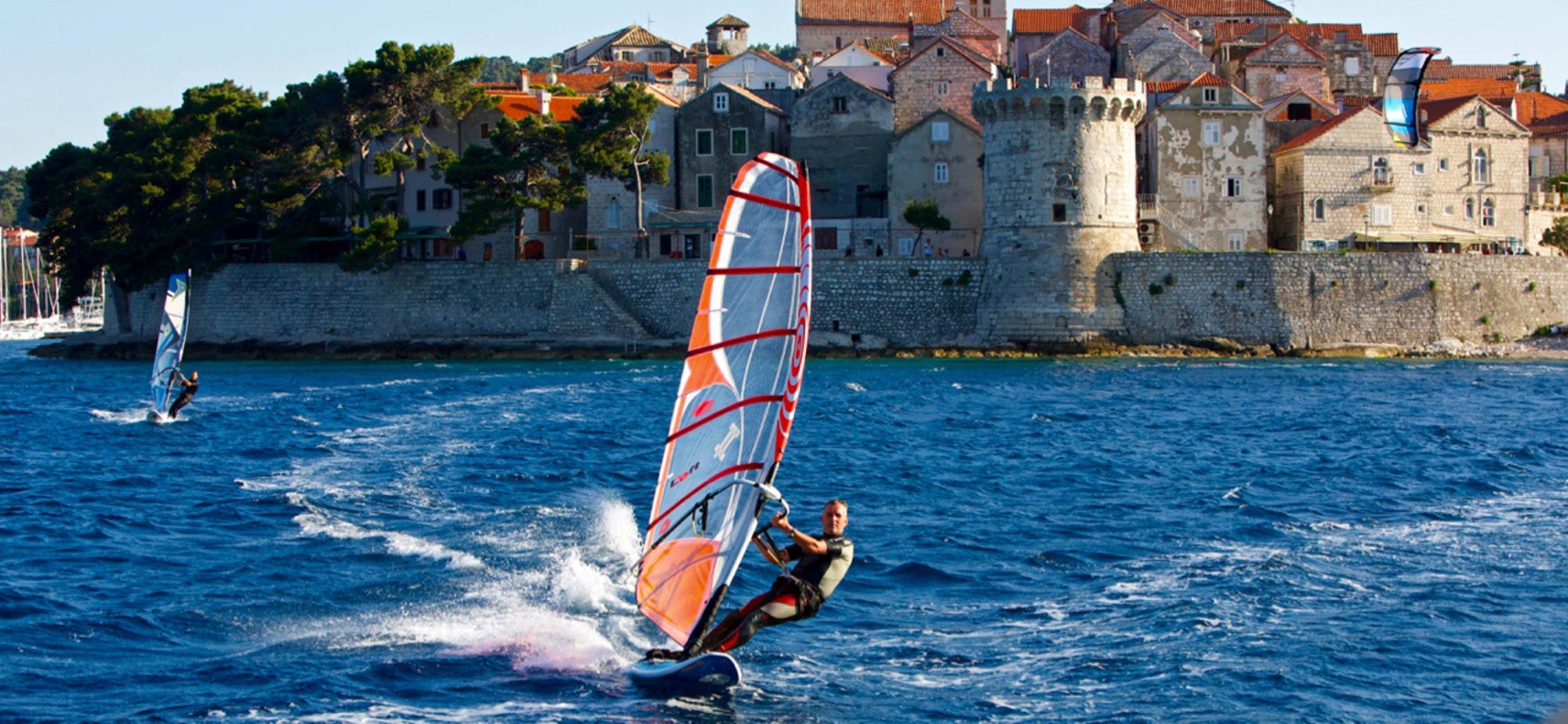
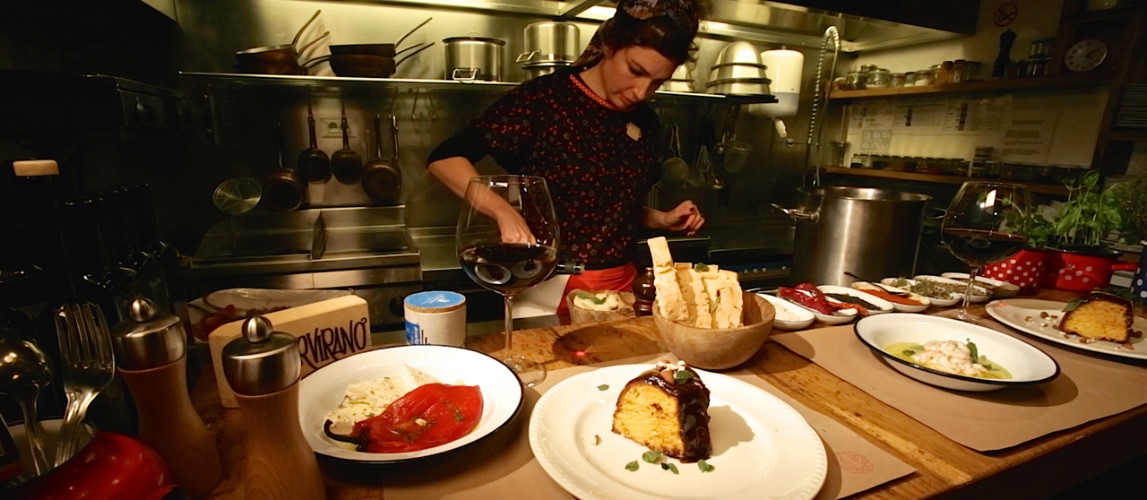

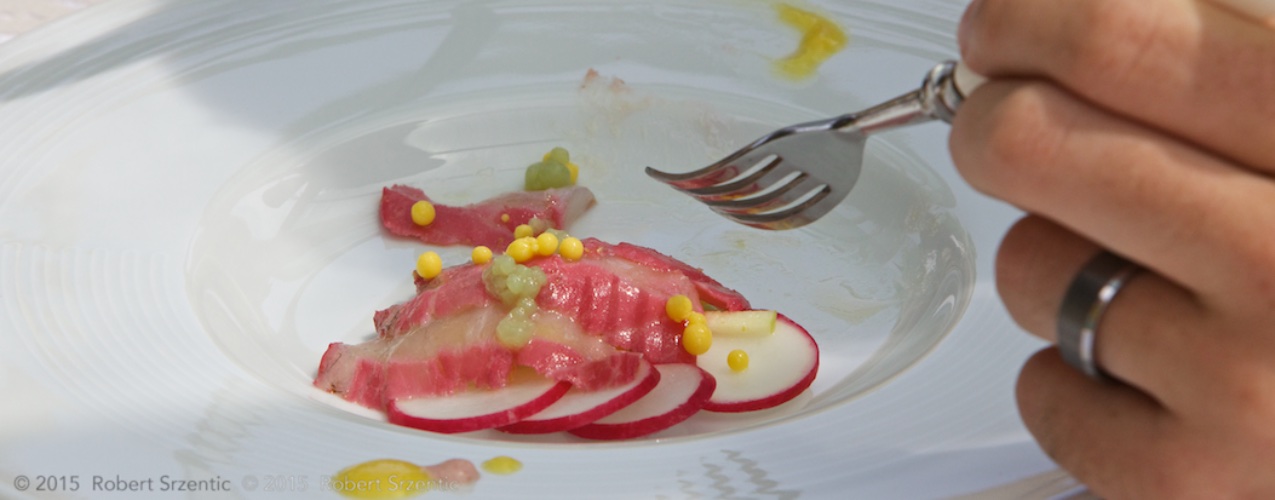

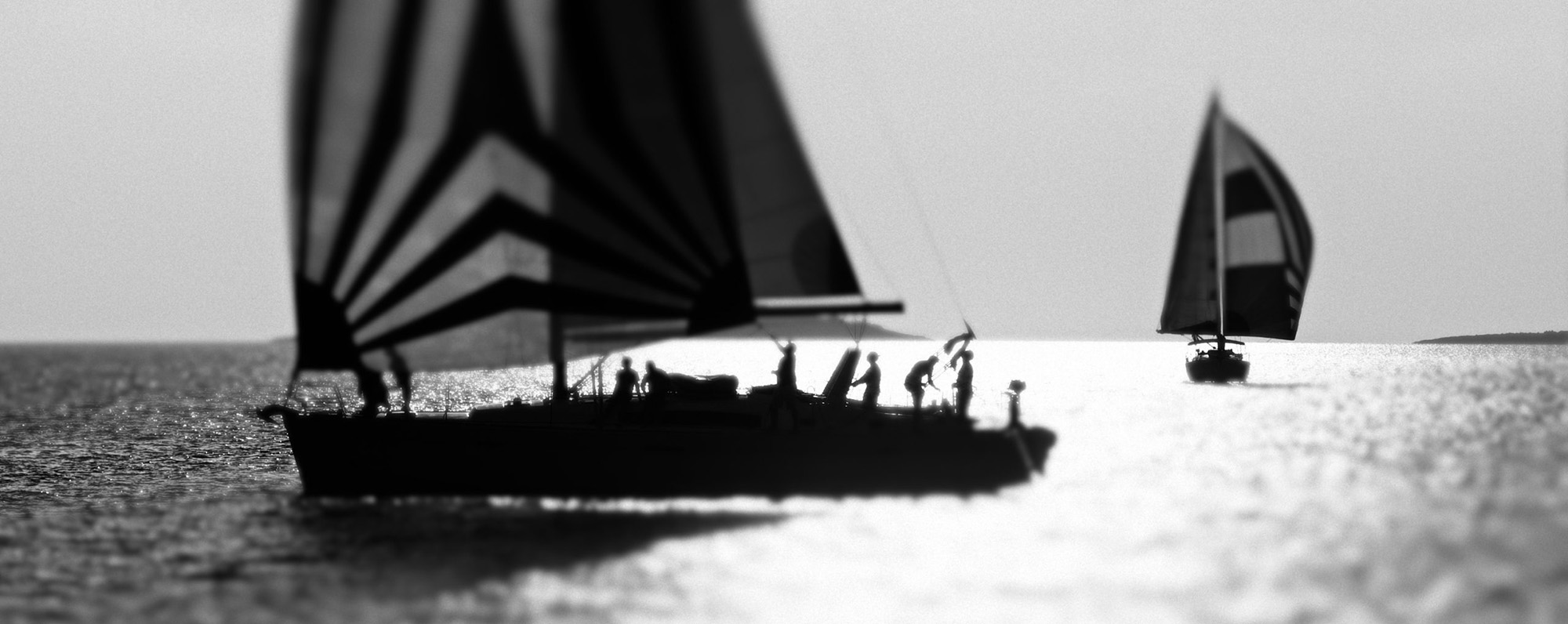

Join Adriatic Experience Travelers for Insider Info
Adriatic Experience uses cookies to improve site functionality and provide you with a better browsing experience. Detailed information on the use of cookies on this Site, and how you can decline them, is provided in our cookie policy. By using this Site or clicking on "OK", you consent to the use of cookies.